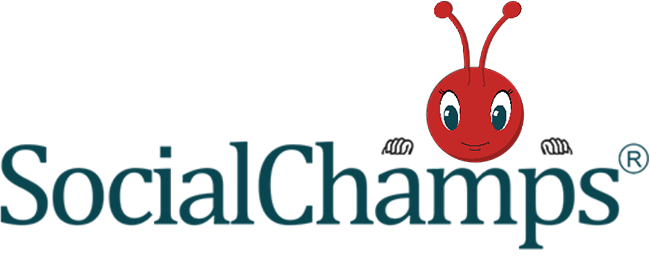Looker Studio is a powerful business intelligence tool that comes with a lot of technical terms and jargon. It can be daunting for beginners to navigate through these terms, especially when trying to learn how to use the software. That’s why we’ve created this Looker Studio Glossary to help you understand the key terms and concepts used in the tool.
- Looker: Looker is a cloud-based business intelligence platform that helps businesses access, analyze, and share data insights. It allows users to create interactive dashboards, reports, and visualizations without the need for extensive coding or IT resources.
- Explore: An Explore is a query builder tool within Looker that allows users to analyze data and build custom reports. It lets users select the data they want to view, apply filters and dimensions, and then create visualizations based on that data.
- Dimensions: Dimensions are attributes or categories that are used to group or segment data in Looker. They are usually displayed as columns in a table or chart and can be used to slice and dice data to gain insights.
- Measures: Measures are the numeric values that are being analyzed in Looker. They can be used to calculate metrics such as revenue, sales, and engagement rates.
- Views: A View is a virtual table that is created in Looker by combining one or more database tables. It is used as the basis for building Explores and Reports.
- Dashboard: A dashboard is a visual display of data that provides an overview of key metrics and insights. It allows users to track progress towards goals and identify trends and patterns in the data.
- Filters: Filters are used to restrict the data displayed in an Explore or Report. They can be applied to dimensions and measures to create more specific data views.
- LookML: LookML is a programming language used to define the data models, views, and dashboards in Looker. It allows developers to create custom data experiences that are tailored to specific business needs.
- Drilldown: Drilldown is the process of exploring data at a more granular level by clicking on a specific data point in a visualization. It allows users to gain deeper insights into the data and identify trends and patterns.
- Cohort Analysis: Cohort analysis is a method of analyzing data that groups users based on shared characteristics or behavior. It allows businesses to track the behavior of specific groups of users over time and identify trends and patterns.
Conclusion
This Looker Studio Glossary provides an overview of key terms and concepts used in the tool. By understanding these terms, you’ll be able to navigate the platform more easily and use it to gain valuable insights into your business. Keep this glossary handy as a reference and continue to explore Looker Studio’s advanced features and capabilities.
Confused by Looker Studio terminology? Simplify your reporting with expert guidance. Explore our Looker Studio Services to optimize your dashboards effectively.




0 Comments